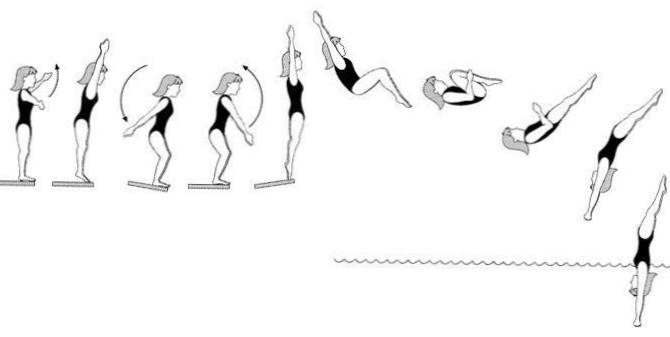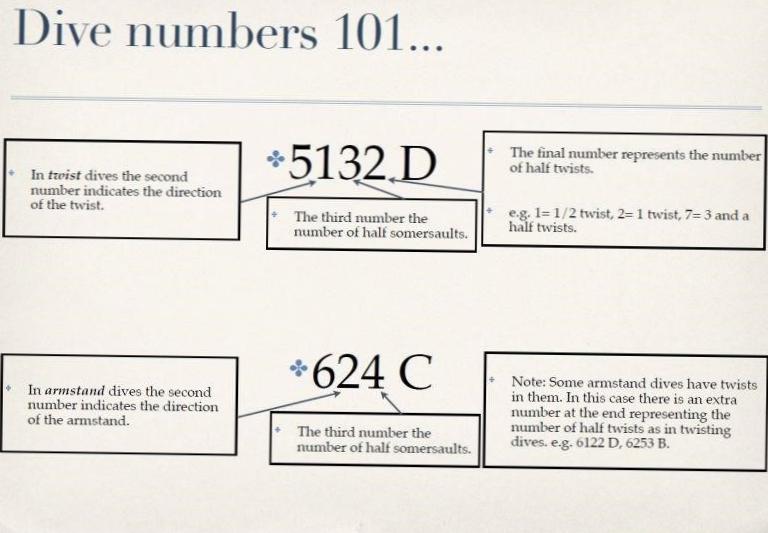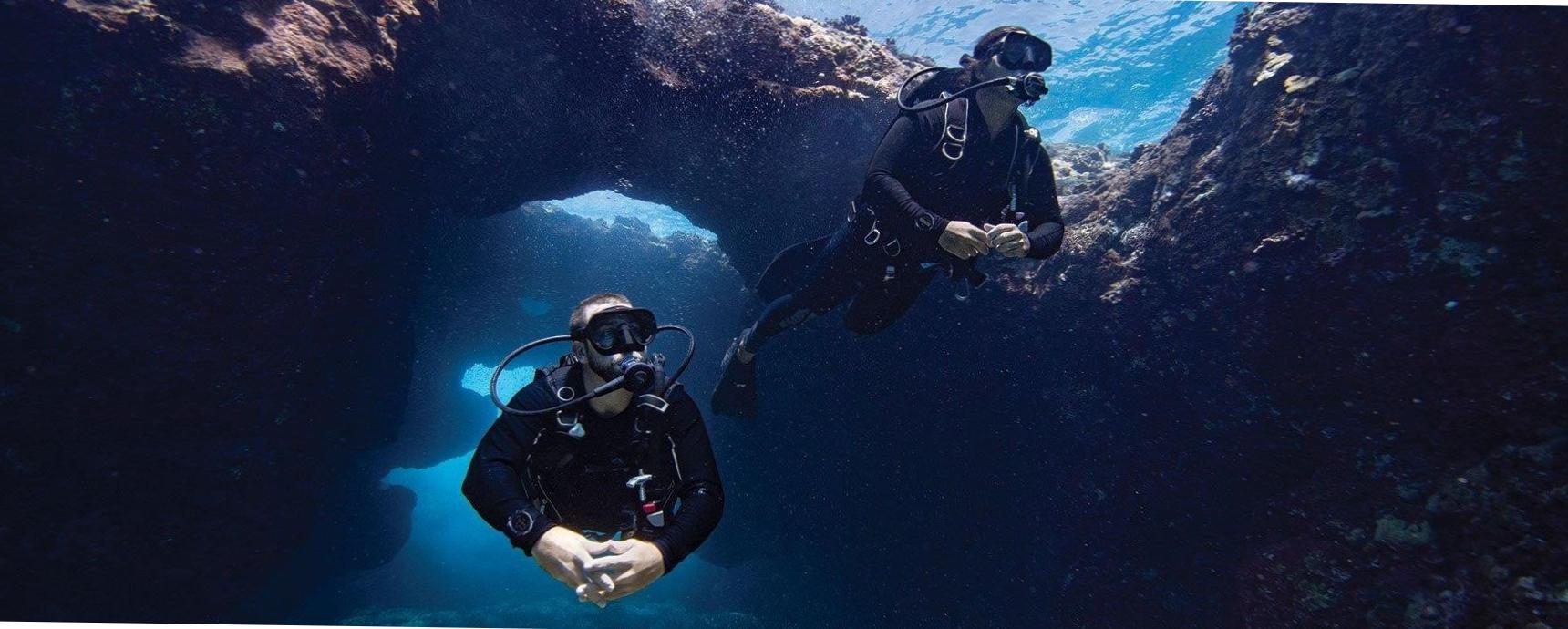The Ultimate Guide to Diving Dive Numbers: Exploring the Depths of the Underwater World
The Ultimate Guide to Dive Numbers: Exploring the Depths of the Underwater World
Have you ever wondered what those dive numbers that divers talk so passionately about actually mean? Welcome to the ultimate guide to dive numbers, where we dive deep into the fascinating world beneath the waves. Whether you’re an experienced scuba diver or just starting your underwater journey, understanding dive numbers is a crucial part of the diving experience. These numbers serve as a roadmap for divers, indicating the depth, duration, and complexity of a dive. By decoding these dive numbers, you’ll gain a greater appreciation of the underwater world and be able to plan your dives with confidence and safety. So, let’s take the plunge and discover the significance of dive numbers together!
The Ultimate Guide to Diving Dive Numbers: Exploring the Depths of the Underwater World
Have you ever wondered how deep divers can go, or what those mysterious dive numbers mean? Look no further — in this ultimate guide, we will demystify the dive numbers and help you understand their significance when exploring the depths of the underwater world. From the surface to the very bottom, each number represents a specific depth range that divers can safely explore. Whether you are a beginner or an experienced diver, understanding dive numbers is crucial for planning your dives and ensuring your safety. Join us as we dive into the depths of dive numbers and uncover the secrets of the underwater realm!
The Ultimate Guide to Diving Dive Numbers: Exploring the Depths of the Underwater World
Have you ever wondered what those mysterious dive numbers mean? If you’re new to diving or simply curious about the intricacies of the underwater world, then decoding dive numbers is crucial for understanding the depths you’re about to explore. Dive numbers, also known as dive profiles, provide valuable information about the duration, depths, and safety parameters of a dive. So, let’s dive in and uncover the secrets behind these fascinating numbers!
The first thing to decipher is the time component of a dive number. Typically represented in minutes, it signifies the duration of a dive. For instance, a dive number of 30 would mean a dive lasting 30 minutes. However, keep in mind that different numbers may indicate different time intervals, depending on the dive location and specific dive plan. To ensure safety and prevent decompression sickness, divers need to follow time limits according to their dive certification and equipment.
Now, let’s move on to the second part of a dive number, which represents the depth. This number is usually measured in feet or meters and provides crucial information about how deep you’ll be exploring the underwater world. A dive number of 60, for example, indicates a dive reaching a depth of 60 feet. It’s important to note that each dive has its own unique depth limits, depending on factors such as diver experience, gas mixtures used, and the dive site itself. Abiding by these depth limits is essential for a safe and enjoyable diving experience.
Lastly, it’s worth mentioning that some dive numbers may not only indicate the duration and depth but could also provide additional information about the dive, such as staged decompression stops or specific safety protocols. These advanced dive numbers are typically used by technical divers who engage in more challenging dives.
Decoding dive numbers adds an extra layer of understanding and safety to your diving experience. By being familiar with these numbers, you can better plan your dives, choose appropriate dive sites, and ensure you’re well within your limits. So, the next time you come across a dive number, remember to interpret its time and depth components to experience the true wonders of exploring the underwater world safely. Happy diving!
Other Dive Numbers: Temperature, Pressure, and More
Now that you’ve gained an understanding of dive numbers and their significance in scuba diving, let’s delve deeper into other essential numbers you need to know before embarking on your underwater adventures. These numbers include temperature, pressure, and more. Understanding these factors will help you have a safe and enjoyable diving experience.
Temperature plays a crucial role in diving as it can affect your body’s ability to stay warm and comfortable. As you descend into the depths, the water temperature tends to drop, and this can lead to heat loss from your body. It’s vital to wear the appropriate exposure protection, such as wetsuits or drysuits, to maintain a comfortable body temperature during your dive.
Another important factor to consider is pressure. The pressure exerted on your body increases as you descend deeper into the water. This pressure affects not only your ears but also the air spaces in your body. To equalize the pressure in your ears, you’ll need to perform the Valsalva maneuver or other equalization techniques. Failure to equalize properly can result in discomfort or even injury.
Additionally, it’s crucial to be aware of the pressure in your dive tank, typically measured in bars or pounds per square inch (psi). This pressure determines the amount of air or gas available for breathing during your dive. Monitoring your tank pressure regularly is essential to ensure you have enough air to maintain a safe ascent to the surface.
Lastly, keep in mind that your buoyancy control is influenced by a number of factors, including the amount of weight you carry, the composition of your breathing gas, and the depth at which you’re diving. Maintaining neutral buoyancy is essential for conserving energy and avoiding damage to delicate marine life.
By paying attention to these additional dive numbers, you’ll be better equipped to handle the challenges of underwater exploration while ensuring your safety and comfort. So, before you embark on your next dive, make sure to familiarize yourself with these dive numbers. Happy diving!
diving dive numbers









